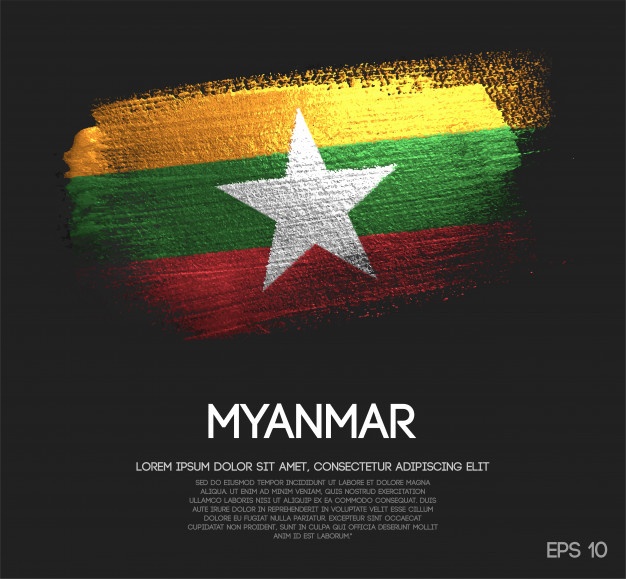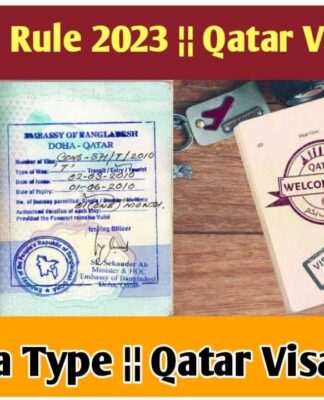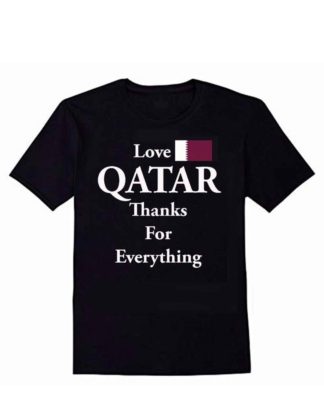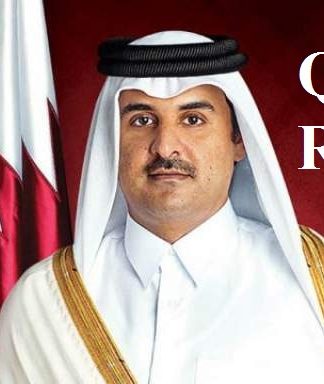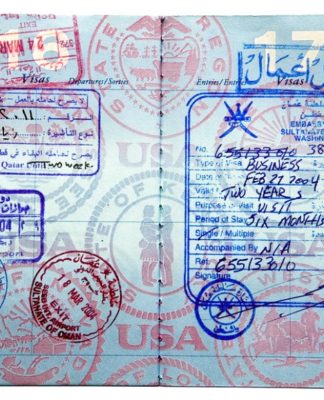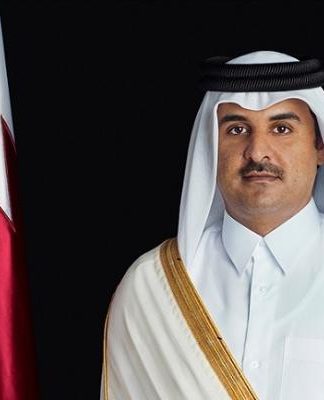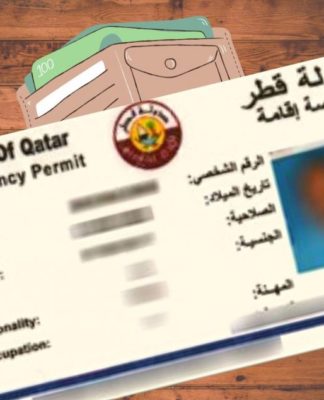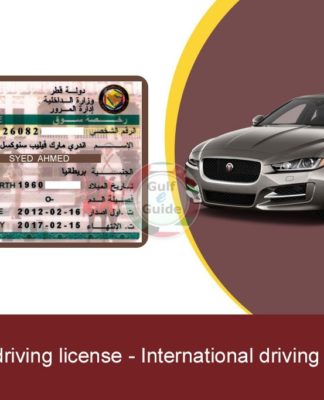Myanmar marks Union Day with the multi-ethnic national dream slipping further away
Issued on: Modified:

Union Day in Myanmar commemorates the February 12, 1947 signing of a historic agreement that enabled the birth of a unified republic. But 74 years later, with the military seizing power in yet another coup, Myanmar’s ethnic minority groups have little patience for an idealised past.
February 12 is an important holiday in Myanmar’s national calendar, marking the anniversary of an event schoolchildren across the country have studied, with varying levels of proficiency, over the past seven decades.
The Union Day public holiday marks the anniversary of the 1947 Panglong Conference in the months leading up to the country’s independence from the British. Textbooks explain the importance of the meeting in the hill town of Panglong as the event that brought together the country’s diverse multi-ethnic groups to form a united and ultimately independent nation.
The signatories of the Panglong Agreement include Aung San – Myanmar’s national hero who was the head of an interim administration – and a few minority ethnic leaders who agreed to join the Union of Burma in exchange for federal autonomy. The deal also offered the ethnic leaders the possibility of seceding from the union if they were dissatisfied with the new nation.

But Aung San – the father of Aung San Suu Kyi and member of the majority Bamar, or Burman, ethnic group – was assassinated just months before independence. Then in 1962, a military coup ushered in army rule for nearly half-a-century and the promise of Panglong turned out to be panglossian.
Stretching from the tropical coastal lowlands of the Bay of Bengal to temperate mountain ranges bordering China, the region that makes up Myanmar today was dubbed “an anthropologist’s paradise” in colonial times due to the rich ethnic diversity of its inhabitants. In postcolonial times though, Myanmar has not been a haven of inclusiviness for a number of the country’s 133 officially recognised minority ethnic groups – as well as other groups, such as the Rohingyas, that are not officially recognised.
But Panglong, the picturesque town in Myanmar’s Shan hills, still embodies the dream of a harmoniously united multi-ethnic nation in the public imagination.
In 2016 for example, when Suu Kyi convened a peace conference, it was called the “21st Century Panglong Conference” even though it was held in Naypyidaw, the military’s custom-built national capital with no links to the country’s past.
The next year, Suu Kyi was in Panglong for the Union Day 70th anniversary commemorations. In a speech delivered at the site of the iconic Panglong Memorial, Suu Kyi invoked her father’s legacy to call on armed ethnic groups to sign up for peace. “No one can escape history,” she said. “History never ends, it’s always moving on.”

In Myanmar though, history appears to be repeating itself. Suu Kyi and several senior members of her National League for Democracy (NLD) party are once again in detention after the military – known as Tatmadaw – seized power in last week’s coup military. Pro-democracy demonstrations have broken out across the country despite fears of a repeat of 1988 and 2007, when the military brutally cracked down on peaceful protesters. Sanctions are back on the agenda, with US President Joe Biden this week announcing steps to prevent the country’s top generals from accessing $1 billion of Myanmar government funds held in the US.
February 12 may be Myanmar’s Union Day, but 74 years after the Panglong conference, the state of the union is in poor shape. “It’s an unhappy union under intense pressure from various challenges that have been present for a long time, but with nothing done to address some of the legitimate grievances of communities that are on the periphery of Myanmar,” said Avinash Paliwal of London University’s School of Oriental and African Studies.
One of the world’s most ethnically diverse countries, Myanmar has been torn by fighting between the military and ethnic armed groups almost without a break since the Second World War. Outside the Buddhist heartland of the Irrawaddy River basin, minority ethnic and religious groups in remote regions near the China, Thailand, India and Laos borders have waged low intensity armed conflicts against the Tatmadaw that subside and flare up again, wreaking lives and displacing hundreds of thousands.
As the US responds to the February 1 coup with sanctions, the effectiveness of Biden’s promised human rights-first foreign policy will depend on Myanmar’s neighbours with security and strategic interests in the country, much of it in the resource-rich borderlands.
‘Escalation of armed conflicts’
Since anti-coup protests broke out last week, international attention has focused on the exceptional mobilisation of the predominantly young demonstrators in Myanmar’s major cities as they incorporate a protest culture that includes the three-finger “Hunger Games” salute and a #MilkTeaAlliance hashtag to access and share tactics with their pro-democracy counterparts in Thailand and Hong Kong.

Unlike their parents and grandparents, Myanmar’s young people – who make up around 28 percent of the country’s population – are not willing to sacrifice their future for the military’s interests or return to the international isolation of former years.
>> Read more: Junta holds the cards in Myanmar’s tutelage democracy
But the key to their country’s future could lie in Myanmar’s remote regions that have not been “pacified” despite decades of military operations, where local communities have been deprived of the fruits of economic development since the country’s 2011 transition to democracy and a market-based economy.
“The general idea has often been that with the transition comes democratisation, ceasefires and a peace processes. But since the transition introduced by the military, Myanmar has seen an escalation of armed conflicts, particularly in the north and west of the country,” said David Brenner, a lecturer at the University of Sussex and author of the book, “Rebel Politics: A Political Sociology of Armed Struggle in Myanmar’s Borderlands”.
Fighting in the country’s Kachin and northern Shan states, which border China, has escalated over the past five years despite an October 2015 National Ceasefire Agreement between the Myanmar government and eight local ethnic groups. At a signing ceremony in Naypyidaw attended by hundreds of diplomats – including UN, US and British officials – Myanmar’s then president, Thein Sein, hailed the deal as a “historic gift” to future generations.
A month later, when the NLD won the November 2015 elections, Suu Kyi declared the peace process was her government’s top priority, drawing financial commitments of over $100 million from Western donors, according to local media reports.
‘Ceasefire Capitalism’
The rush of Western donors to aid a peace process viewed as critical to Myanmar’s democratic transition was well intended, but failed to grasp the complexity of the situation on the ground, according to experts.
“Western donors put a lot of money in the peace process and Western diplomats pushed and pressured different groups that were always more cautious into signing the National Ceasefire Agreement (NCA), which is a misnomer, rushing over some of the groups’ very legitimate concerns,” explained Brenner. “Western donors very much played along, by rewarding movements that agreed to the NCA and punishing others that did not.”
The Western “wholesale shift” from funding civil society groups in the border areas to state-led projects in a bid to help Myanmar’s democratic transition “played into the hands of a militarised state apparatus” that was using peace-building initiatives for counterinsurgency purposes, Brenner explained in a 2019 report.
Called “Ceasefire Capitalism” by Myanmar scholar, Kevin Wood, the ceasefire politics in reality often involved “co-opting individual leaders from different rebel movements with economic incentives while at the same time leaving local populations often very much wanting,” explained Brenner. “For decades this has been a top-down approach with very little grassroots involvement.”
The Tatmadaw promise of “peace and development” in resource-rich border areas involved handing out land concessions for lucrative timber, jade and gold mining, as well as massive infrastructure projects. But it came at a heavy price. The projects resulted in massive population displacements and land grabs while the Tatmadaw continued military operations in the Rakhine and Shan states, inflicting heavy casualties on groups under pressure to sign up to ceasefire deals with unfavourable terms for the insurgents.
The Tatmadaw business model of lining the pockets of some rebel leaders in a bid to co-opt them sparking in-fighting, splinter factions and increased recruitment of fighters among communities suffering the brunt of military operations.
This was the fate of many officially recognised ethnic groups that were part of the National Ceasefire Agreement and the 21st Century Panglong Conference. For the Rohingya Muslims, a minority not recognised by the state, the military’s operation was conducted with “genocidal intent”, according to the UN. They were actions Suu Kyi, a member of the Bamar Buddhist majority, defended at The Hague in December 2019.
Ethnic parties ‘excluded from governing’
As a politician, Suu Kyi – like her counterpart, Narendra Modi in neighbouring India – has calculated that majoritarianism coupled with nationalism is a winning electoral strategy. The Nobel Peace laureate’s fall from international grace due to the Rohingya crisis did not affect her popularity at the polls, with her party sweeping a landslide 83 percent of the votes in the November 2020 elections.
“Buddhist nationalism is very deep rooted. It’s a strong political reality that any politician has to deal with and Aung San Suu Kyi took that route to remain popular. The Tatmadaw expected her to be a reformist, but she outdid the Tatmadaw on violent nationalism,” explained Paliwal.
With Suu Kyi under military detention and the international community calling for Myanmar’s return to democracy, the US and its allies are effectively calling for a return to an illiberal democracy. But while noting the authoritarian regimes in neighbouring Thailand and China and the rising nationalism in India, Paliwal concedes that, “it’s unfair to expect Myanmar to be radically different.”
Daily newsletterReceive essential international news every morning
Ethnic minorities represent around 40 percent of Myanmar’s total 54 million population. But around 2.5 million ethnic minorities were unable to vote in last year’s election – including 1.5 million voters in conflict-affected areas due to security concerns and 1.1 million Rohingya who are denied citizenship and voting rights.
Among ethnic groups that could vote, turnout was lower due to apathy and resignation over the country’s first-past-the-post electoral system, which favours big political parties and denies proportional representation.
“Myanmar has a problem with its electoral system. It adopted one of the most archaic systems, Britain’s first-past-the-post electoral system, which means ethnic parties have been excluded from governing without any need for coalition building across ethnic and ideological lines,” said David Camroux from the Paris-based Sciences Po university in an interview with FRANCE 24.
Democracy in its current form may not have served Myanmar’s ethnic minorities, but it’s still better, even in an illiberal, populist form, than absolute Tatmadaw control. “The military has grabbed our lands in the past, and our worry is that it will happen again, reversing whatever we have achieved,” said Paul Sein Twa, an ethnic Karen activist and winner of the prestigious Goldman Environmental Prize last year, in an interview with Reuters. “Since the opening of the country in 2011, at least we had some democratic space in which to engage on policy matters. Now this is gone, and we risk facing more violence like before.”









